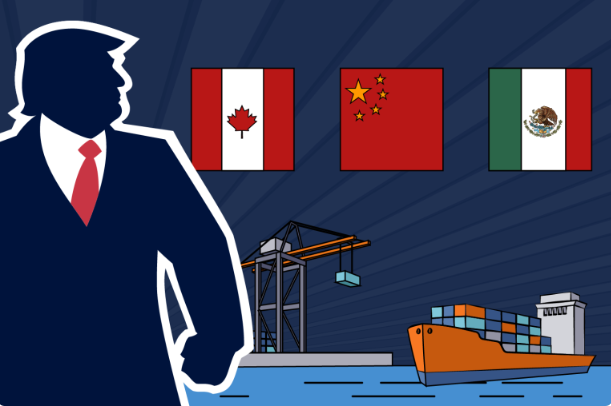
WISDOMTREE- Weekly commentary from Professor Jeremy J. Siegel (03/17/2025) :
This morning’s retail sales report is a bit of relief. The economy, as of the end February, is not in free fall as the control group increase of 1.0% offset the same decline in January. Nevertheless, the underlying concerns that emerged over the last few days cannot be ignored. The sharp drop in consumer sentiment, as reflected in the University of Michigan Index, is alarming—down seven points for the second consecutive month. This places sentiment just above its pandemic-era lows in June 2020 and not far from the depths of the Great Financial Crisis in 2009.
While there is not always a direct correlation between consumer sentiment and actual spending behavior, the extent of this decline is notable.
The most shocking development, however, was the jump in inflation expectations. The University of Michigan’s one-year inflation expectations surged from 4.3% to 4.9%—one of the largest jumps on record. The five-to-ten-year outlook also spiked from 3.4% to 3.9%. This is not due to rising commodity prices—oil and other raw materials have remained stable. Instead, these inflation fears are a direct response to the tariffs. Markets are pricing in the effects of Trump’s trade policies even before they are fully implemented, a sign that investors recognize the inflationary risks tied to protectionist measures.
April 2 will be a pivotal date, as we await further announcements on reciprocal tariffs. If Trump moves forward aggressively, we could see continued downward pressure on equities. However, a more measured approach, would provide relief. Given the sharp drop in sentiment, one can only hope that his economic advisors push for restraint.
The upcoming Fed meeting this week will be another key moment for markets. No rate change is expected, but we will get the updated dot plot. The market is pricing in two rate cuts this year, but I am not convinced that the Fed will fully signal that just yet. So far, the real economic data—outside of sentiment surveys—has not shown significant weakness. Jobless claims remain steady, and as noted, a bit of bounce in retail sales in February. Powell very well may take the position that “we will wait to see real economic deterioration before moving,” this could come across as hawkish, especially given the growing fears around tariffs and inflation.
Powell will face tough questions about the drop in sentiment and rising inflation fears, and his response should be closely scrutinized. The Fed’s independence from the White House remains critical, and Powell has signaled that he will not be bullied by Trump or pressured into premature moves. If unemployment starts rising, the Fed will act—but they will likely wait for hard data before committing to cuts.
Looking at markets, the correction I predicted at the start of the year played out, with the S&P 500 officially down over 10% at one point. Whether we see further declines will depend almost entirely on how the tariff situation unfolds. If Trump continues escalating, we could see another leg down, possibly pushing the market toward a bear market (down 20%). However, if he signals any moderation, markets could stabilize and rebound.
Long-term investors should stay the course. Even with the recent correction, valuations remain reasonable. Unlike in 2000, when tech stocks traded at 100 times earnings, today’s leaders—excluding Tesla—are in the high 20s, with some closer to 22–24 times forward earnings. This is elevated, but not at bubble levels. AI remains a wildcard—there have been no major cracks in the AI story recently, but the key question remains whether it becomes commoditized, benefiting users rather than the current dominant firms.
For now, tariffs remain the dominant market force. The path forward depends on how Trump navigates trade policy—any softening would be bullish for equities, while continued escalation would put further downside pressure on stocks. Stay tuned.
